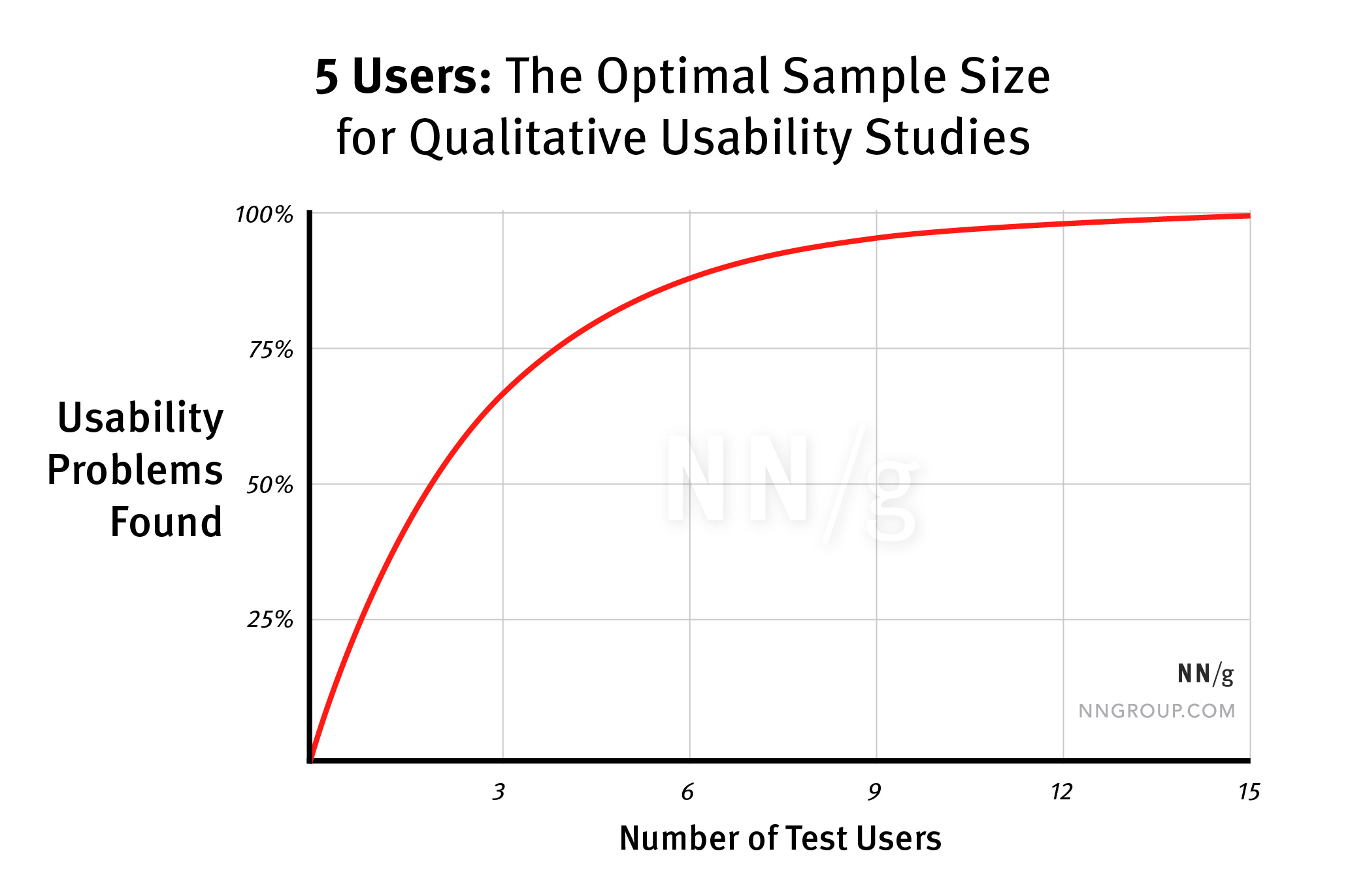Insights
How To Get The Most Out Of User Testing.
July 11, 2024

Written by:
User testing can be invaluable in understanding how your website is performing, and where there are opportunities for optimisation.
While you likely spend a lot of time navigating around and reviewing content on your site, that is not the typical behaviour of your users.
Only by watching and interrogating real users as they move through the website, can you really understand their pain points and look to address them.
In this article, we will cover some of the key things you should consider when conducting user testing.

What type of testing should you do?
User testing can fall broadly into two categories.
- Unmoderated user testing – Qualitatively evaluating user behaviour across a specific journey. Usually conducted asynchronously.
- Moderated user testing – Qualitatively evaluating user behaviour through monitoring and interviews.
While both types of testing have their benefits, the key difference between them is the cost and scale associated.
When conducting unmoderated user testing, you can use methodologies such as surveys and event tracking to review user behaviour in aggregate, rather than reviewing each individual separately. This allows you to test more users, and spend less time analysing results. It is also generally less expensive to recruit users for unmoderated tests, as there is more flexibility for them to complete the task at a time that suits them.
However, due to the nature of unmoderated testing, you lack the ability to interrogate users as to why they take the actions they do, which can mean you miss the insight behind identified actions.
Moderated user testing, on the other hand, takes longer to run and analyse data, as you naturally have to spend the time interviewing and evaluating each user individually. This increases the time required for each additional participant you include in your study. However, the insights you gain from moderated studies can be much richer, as you have the opportunity to ask questions of the participants as they move through the site, and clarify the specific reasons behind their actions.

How many participants should you test?
Surprisingly, the number of participants you should test with is a lot lower than you might think.
Research by NNG Group has found that the optimal number of participants, at least in moderated user tests, is just 5 users.
This is because each participant is likely to encounter similar issues as other participants, and the chance of them encountering a unique issue decreases with the more participants in the study.
As the graph shows here, at 5 users, you can expect participants to encounter approximately 80% of site issues, but the number of unique issues found by subsequent users decreases exponentially.

What should you test?
It can be tempting to ask participants to simply navigate the site as they usually would and highlight any problems they run into. While this can seem beneficial, because of the limited time you will have with each participant, it is much better to set them specific tasks within each study, so that you can analyse and evaluate the issues present in a specific user journey.
These tasks/journeys should always relate to your core commercial goals. Whether this is submitting an enquiry, or purchasing a particular product, having your participants replicate one or two specific journeys will allow you to identify the issues on key pages that directly influence your site’s performance.
This does mean that you will need to run subsequent studies, with new participants, to analyse subsequent journeys, but the results you gain from each study will be much more impactful and efficient.
User testing is an invaluable tool in your armoury to identify opportunities to improve the user experience and conversion rate on your site. While it naturally has a cost associated with it, the dividends it can pay should always provide a significant return on the initial investment.
If you would like to speak to Uplift about how we can support in the recruitment, set-up and running of user testing on your behalf, please get in touch today.




